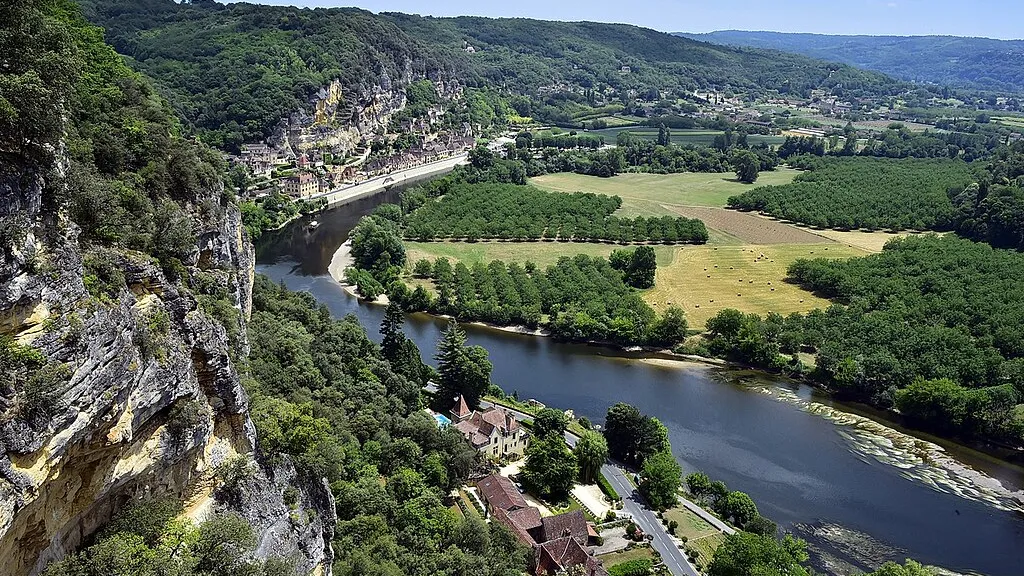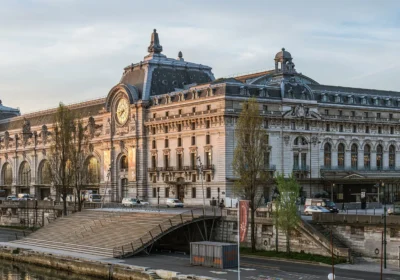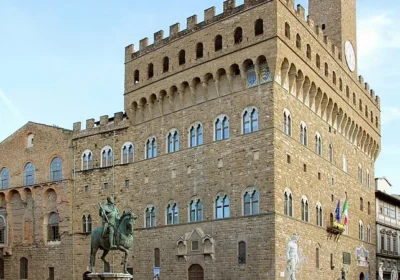The Dordogne Valley attracts tourists with its peaceful beauty, brightness and variety of landscapes, picturesque villages, towns, its world-famous caves and grottos with rock paintings of primitive man.
The Dordogne River is one of the longest and most beautiful rivers in France. It flows in the south-west of France and originates in the Auvergne Mountains and flows into the Garonne, with which it forms a common mouth – the Gironde. Its length is about 500 km and the basin area is 23.4 thousand square kilometers. In its upper and lower reaches it flows through the Central French Massif, in its lower reaches – through the Garonne lowland. It crosses the departments: Puy-de-Dôme, Correze, Lot-et-Garonne, Dordogne and Gironde. It is one of the few rivers with its own tides. This river is very capricious: in the mountains as in the plain it keeps a very fast flow, but its intensity varies. Frequent rains in winter and snowmelt in spring cause floods, almost every year, which risk catastrophe. Improvement of the upper valley by building dams allowed to regulate its flow. It is a navigable river. Sailors have lived by navigation for centuries despite the great danger. Boatmen used barges: these large boats, which were used rather on the descent, carried travelers and various goods, among which was oak riveting for the bole-making industry in Bordeaux. The voyage was full of surprises, and special steering techniques were required of the sailors. As soon as the barges arrived at their destination, they were dismantled into planks and sold.
The banks of the river are very picturesque: high precipitous coastal rocks – red and gray – riddled with countless caves and grottos, replaced by low hills, hills and plains. Small houses with only one front wall and the front slope of a tiled roof cling to the cliffs. Many generations of people changed in these stone dwellings. Caves and grottoes with rock paintings, located in the department of Dordogne, testify to the stay of primitive people about 30 thousand years ago. There is the famous Grotte de Lascaux (Lascaux Cave), a site of Cro-Magnon man with beautiful rock paintings known to us from school textbooks.
Along the banks of the river there are ancient castles, picturesque villages and churches. For example, the Château de Castelnaud overhangs the steep and picturesque left bank of the Dordogne, and opposite it, on a hill, is the Chateau de Beynac, which once belonged to Richard the Lionheart. The two castles have stood here for nearly a thousand years, a long time integral to the eternal feud between England and France. In the Middle Ages, the Dordogne was a military border: Castelnau Castle passed to England’s vassals, while Beynac remained loyal to the French crown. And if the main actors of those distant events have long disappeared, these two castles still continue their endless confrontation, as if defying the oblivion of time, being a good reminder to man of the senselessness of his thirst for power and vanity.
The variety and beauty of its scenery make of its valley a tourist route of paramount importance. It originates at the foot of Puy de Sancy, the highest point of the Massif Central. Its rapid course crosses the Monts Dore and La Bourboule basins, quickly passing volcanic rocks that are replaced by Limousin granite. Gradually the valley widens, reaches the plains of Guienne covered with vineyards, then it joins the Garonne, which is equal to it in power.

















